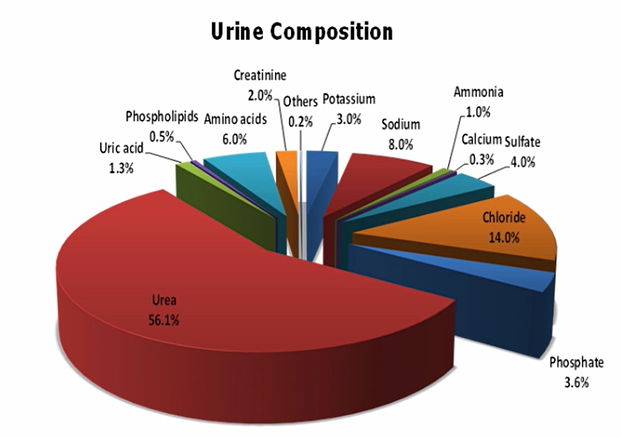Urine samples are composed of many interferents which can cause ion-suppression or ion-enhancement when analyzing by mass spec. Build up of these matrix components over multiple sample injections can lead to loss of signal in the mass spec and even unexpected changes in your chromatographic separation. We are going to discuss why not performing adequate sample prep can be detrimental for your analyses.
Dilute and shoot (D&S) methods are promoted for use by analytical instrument vendors in clinical, forensic toxicology and bioanalytical laboratories. More sensitive LC-MS/MS systems make this strategy ever more appealing: the more sensitive the system, the more the sample can be diluted, thus minimizing matrix effects and consequently eliminating the need for proper sample preparation techniques. Problems arise, however, when internal standards (IS) do not coelute exactly with the analyte of interest, as it no longer compensates for matrix effects. Analyte suites are ever increasing, and it is highly unlikely that all analytes will be matched to a sufficiently closely coeluting labelled IS.
The image below is a comprehensive diagram of the general composition of urine, including salts, which can prevent an assay from achieving a low detection limit.

In a worst-case scenario, dirty samples can jeopardize the accuracy of a test and result in false negatives.
A paper presented by Z.D. Clark research group from ARUP Institute for Clinical and Experimental Pathology and the University of Utah describes how not performing adequate sample prep can be detrimental in the long run. They have tested to establish if D&S provides acceptable data when compared to an existing, validated, solid phase extraction (SPE) procedure for opioids in urine samples. In their findings, D&S underestimated oxycodone concentrations in a sample as much as 45% compared to the existing method utilizing SPE sample preparation.
They emphasize the importance of investigating matrix effects early on in the method validation process on a large number of specimens, in order to determine whether D&S sample preparation is adequate or whether more comprehensive sample preparation such as SPE is necessary.
Or, as an end user puts it: "OK so you’ve just bought a $300k mass spec. Now you're literally going to urinate in the front end of it. Doesn’t sound so good now does it?"
Clark ZD, Strathmann FG, McMillin GA. Diluting and shooting yourself in the foot: Complications with sample-to-sample variations in signal suppression. MSACL 2013 podium presentation.
Sample prep techniques have traditionally been based on a mixed-mode SPE approach to achieve cleaner extracts, but this still allows creatinine, and other water-soluble molecules to pass into the analytical system.
Our lab recently performed an extensive look at the pros and cons of a variety of techniques, including supported liquid extraction and solid phase extraction with urine samples:
- White Paper: Current Methodologies for Drugs of Abuse Urine Testing
- Extraction of Illicit and Prescribed Drugs from Enzyme-Hydrolyzed Urine
A couple of more modern techniques that can be applied for better cleanup are Supported Liquid Extraction (SLE) and Dual Mode Extraction (DME). Similar to the mechanism of LLE, ISOLUTE SLE+ offers a simple Load-Wait-Elute methodology and very good recovery of popular classes of compounds including Opiates, Barbiturates, Synthetic Opiates, Cannabinoids, and Amphetamines. The ISOLUTE HYDRO DME+ offers a Load and Elute methodology, suitable for smaller panels.
Whether you need cartridges or 96-well plates, Biotage has prepared protocols to get you started.
Do you want to learn more about sample prep for urine samples? Watch Biotage webinar Practical Considerations for LC/MS Method Development of a Comprehensive Urine Pain Panel by clicking on the button below.

 Organic Workflow
Organic Workflow Peptide Workflow
Peptide Workflow Scale-Up Flash Purification
Scale-Up Flash Purification  Sample Preparation
Sample Preparation Biomolecule Purification
Biomolecule Purification Oligo synthesis
Oligo synthesis Scavengers and Reagents
Scavengers and Reagents Service & Support
Service & Support Accessories & Spare parts
Accessories & Spare parts Investors
Investors Reports & News
Reports & News The Share
The Share Corporate Governance
Corporate Governance Calendar
Calendar Sustainability
Sustainability Our Offering
Our Offering Our History
Our History Our Locations
Our Locations Leadership
Leadership